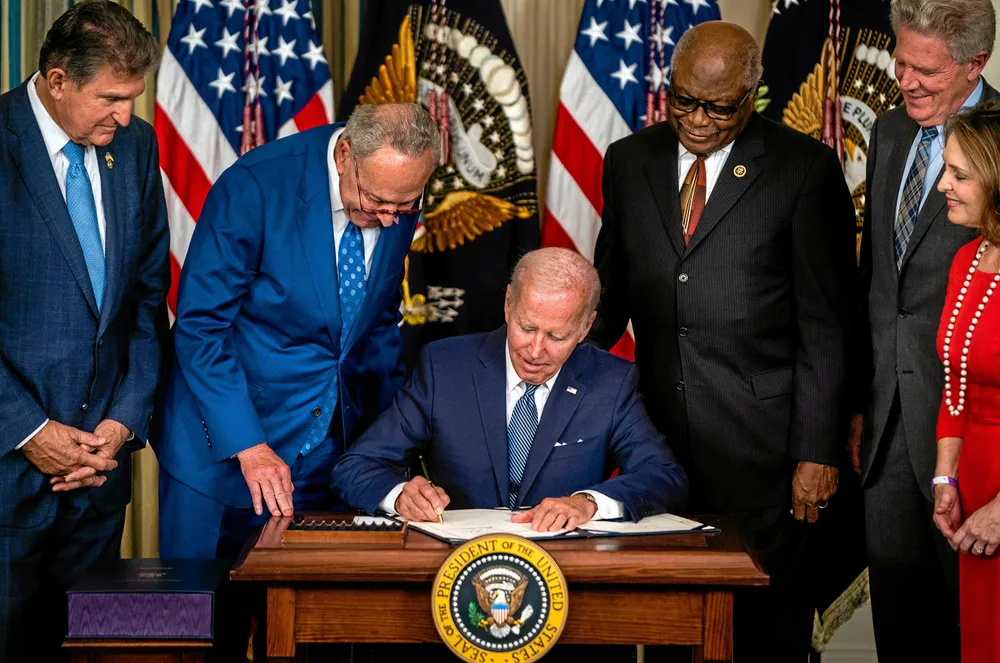OPINION | US surges ahead in the global clean hydrogen race, but still faces challenges
Even green H2 projects might not be able to qualify for the maximum tax credit — and grey hydrogen remains cheap, writes Minh Khoi Le

Even green H2 projects might not be able to qualify for the maximum tax credit — and grey hydrogen remains cheap, writes Minh Khoi Le
